
At the Forum “Implementing circular economy in Vietnam: Policy and connecting actions” organized by the Institute of Vietnam and World Economics (Vietnam Academy of Social Sciences ) on November 10, Lawyer Pham Hong Diep, Chairman of the Board of Directors (BOD) of Shinec Joint Stock Company, the pioneer in developing the Nam Cau Kien Eco-Industrial Park (IZ) (Hai Phong) said that Vietnamese enterprises are ready to participate in circular economy, because this is an inevitable global trend.
“Japan, South Korea, and China have all strongly implemented this model. For Vietnam, free trade agreements such as the Free Trade Agreement between Vietnam and the European Union (EVFTA) and the Comprehensive and Progressive Agreement for Trans- Pacific Partnership (CPTPP) have strict regulations on recycling and environmental standards. If they are not met, Vietnamese goods will be difficult to export,” Mr. Pham Hong Diep emphasized.
A representative of Shinec Joint Stock Company said that Vietnam does not lack technology, machinery or production capacity, but what is most needed now is a consistent legal corridor and policies.
The Law on Environmental Protection 2020 (effective from 2022) only briefly mentions circular economy. Decree 35/2022/ND-CP on industrial parks and economic zones also mentions ecological industrial parks, but the regulations are still lacking consistency with the Law on Planning, the Law on Investment and many other laws.
Currently, many models such as DEEP C and Nam Cau Kien have been internationally recognized as meeting global ecological industrial park standards, but they have not been recognized domestically due to legal problems and old management thinking. Mr. Pham Hong Diep gave an example: a locality that wants to develop an ecological industrial park must have a plan for waste treatment and recycling, but many places have not yet integrated this content.
“The policy is in place, but the lack of planning makes it impossible to implement the project. I propose that the National Assembly and the Government should issue a separate Law or a specialized Decree on circular economy to create a unified legal corridor for businesses to feel secure in investing,” Mr. Pham Hong Diep proposed.
Looking forward, Shinec’s goal is to reduce 40,000 tons of CO2 emissions per year when the entire solar power system is completed. In its consulting role, the company signed a cooperation agreement in Vladimir (Russia) in early 2025, the first step to exporting the “Green – Digital – Circular” model to the world. The international project not only affirms its capacity but also brings Vietnam’s sustainable values to the global community.
Regarding the difficulties in implementation, some businesses said that the investment costs for green technology and recycling processes are still high, along with legal barriers and limited market awareness of recycled products, making it difficult for the circular business model to develop strongly.
The Forum recorded many proposals on perfecting green finance mechanisms, tax incentives, supporting access to capital and promoting innovation in business models based on product life cycles.
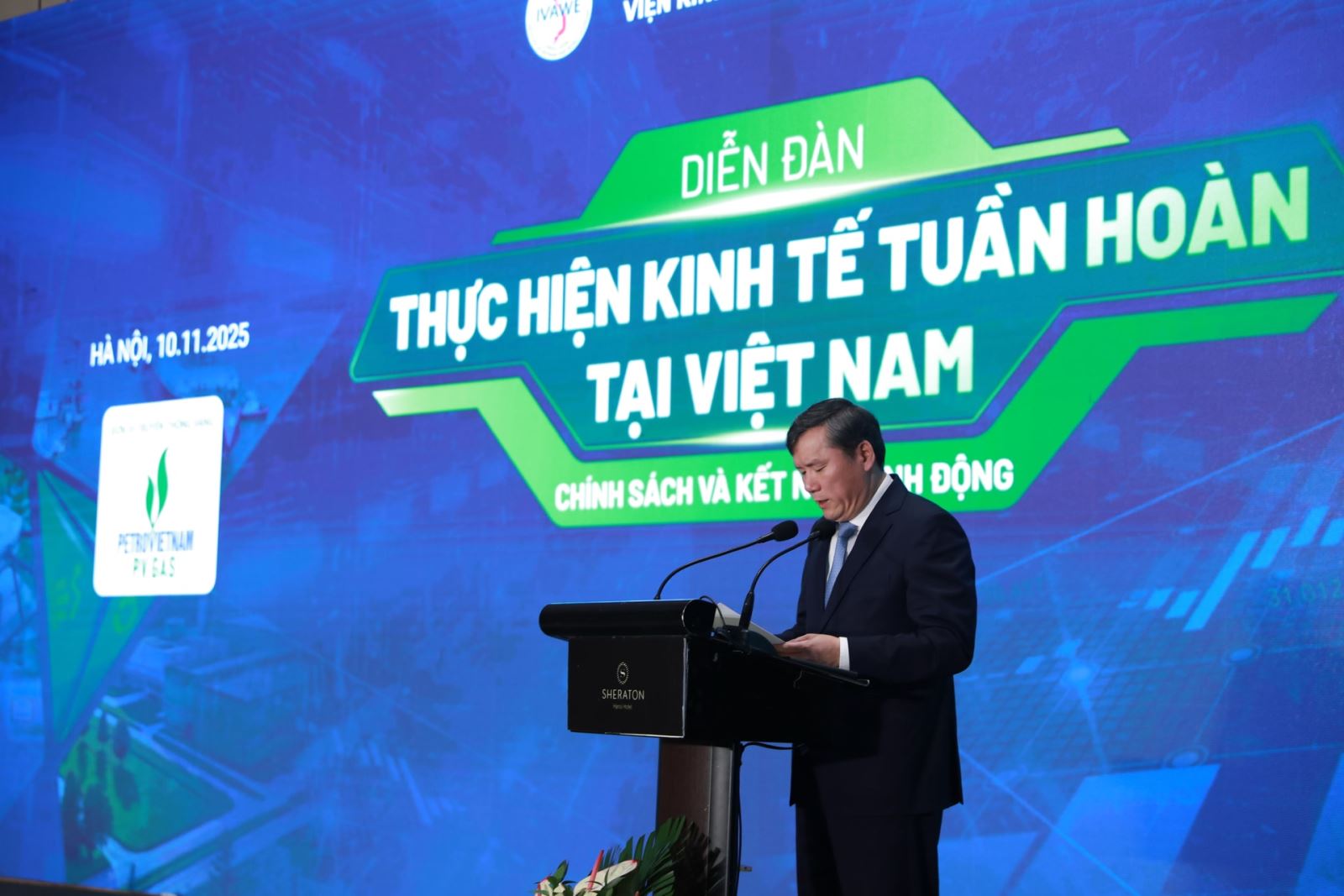
According to Professor Dr. Le Van Loi, President of the Vietnam Academy of Social Sciences, circular economy is the inevitable path for Vietnam to reduce dependence on resources, cut emissions, improve energy and material efficiency; at the same time, open up new markets, jobs and sustainable value chains.
Sharing about circular economy in agriculture, Mr. Trieu Thanh Quang, Institute of Human Geography and Sustainable Development also said that each year the crop production industry produces about 95 - 98 million tons of agricultural by-products and waste, of which straw and rice husks from rice production alone account for about 52 million tons. This is an abundant resource that can be converted into organic fertilizer, bioenergy and biomass materials. However, only about 50% of the straw is reused, the rest is burned, causing waste and greenhouse gas emissions.
“Models of reusing rice by-products such as straw mushroom production, biomass pelleting, or microbial composting are showing clear effectiveness in generating additional income for farmers and reducing input costs. Increasing the reuse rate of rice straw and crop by-products is a great opportunity to reduce emissions, increase content value and develop a circular agricultural value chain,” said Mr. Trieu Thanh Quang.
For the circular economy model to be truly effective, experts believe that Vietnam needs to synchronously deploy a number of key groups of solutions. Accordingly, it is necessary to perfect the institutions and legal framework to ensure consistency from the central to local levels, especially technical standards on recycling, reuse and product design; promote technological innovation and digital transformation applications in material life cycle monitoring, thereby making raw material flows transparent and reducing resource loss; develop the carbon credit market and mechanisms to encourage businesses to invest in green technology.
In addition, the role of intermediary organizations such as green innovation centers, circular business networks and industry-specific recycling alliances needs to be strengthened. In particular, communication and education to change consumer behavior play a decisive role in forming a circular culture in the community.
Circular economy is considered an important pillar of the new development model, especially when Vietnam is making efforts to implement international commitments on emission reduction and improving growth quality. The coordination and participation of stakeholders at the level of the National Assembly, management agencies, research institutes and the business community is considered a decisive factor to ensure the ability to effectively translate policies into implementation.
Source: https://baotintuc.vn/kinh-te/hang-viet-kho-xuat-khau-neu-khong-dap-tieu-chuan-tai-che-bao-ve-moi-truong-20251110175311523.htm






![[Photo] Prime Minister Pham Minh Chinh attends the Patriotic Emulation Congress of the Ministry of Foreign Affairs for the 2025-2030 period](https://vphoto.vietnam.vn/thumb/1200x675/vietnam/resource/IMAGE/2025/11/10/1762762603245_dsc-1428-jpg.webp)
![[Photo] Prime Minister Pham Minh Chinh attends the annual Vietnam Business Forum](https://vphoto.vietnam.vn/thumb/1200x675/vietnam/resource/IMAGE/2025/11/10/1762780307172_dsc-1710-jpg.webp)
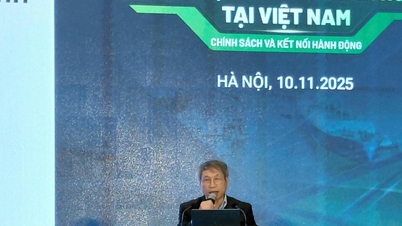



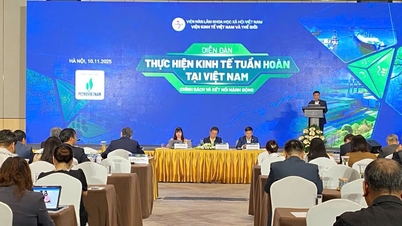

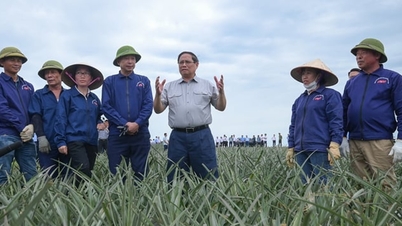








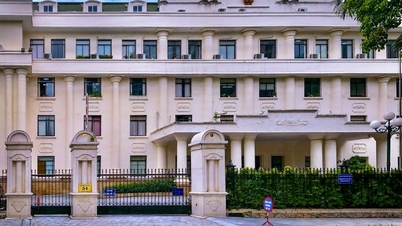









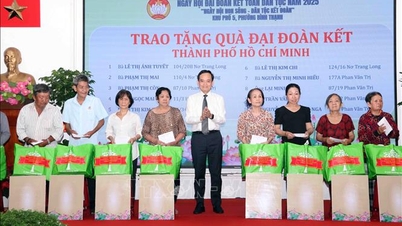

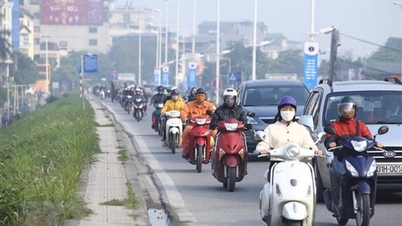
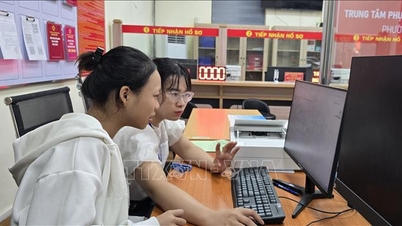





































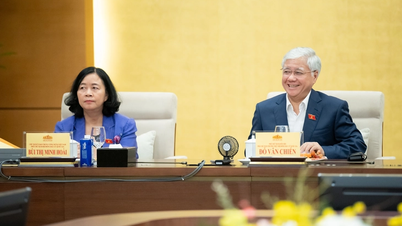






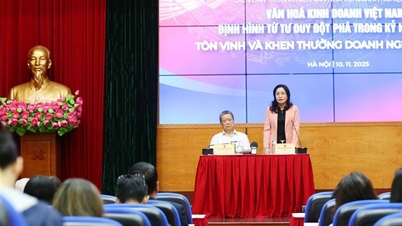
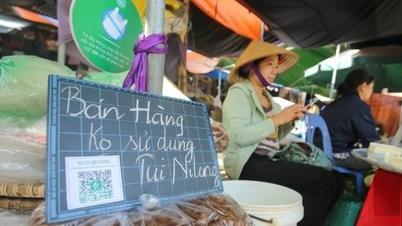




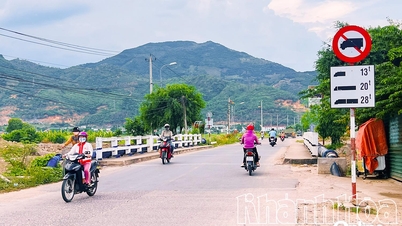




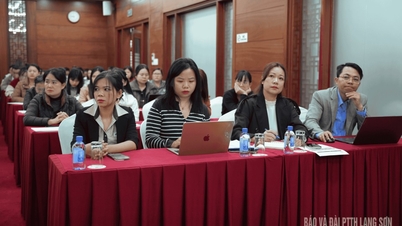


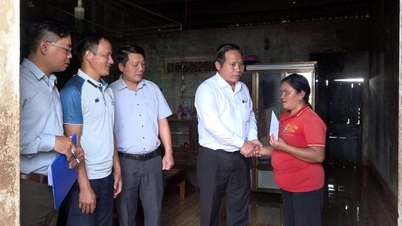

![Dong Nai OCOP transition: [Article 3] Linking tourism with OCOP product consumption](https://vphoto.vietnam.vn/thumb/402x226/vietnam/resource/IMAGE/2025/11/10/1762739199309_1324-2740-7_n-162543_981.jpeg)










Comment (0)